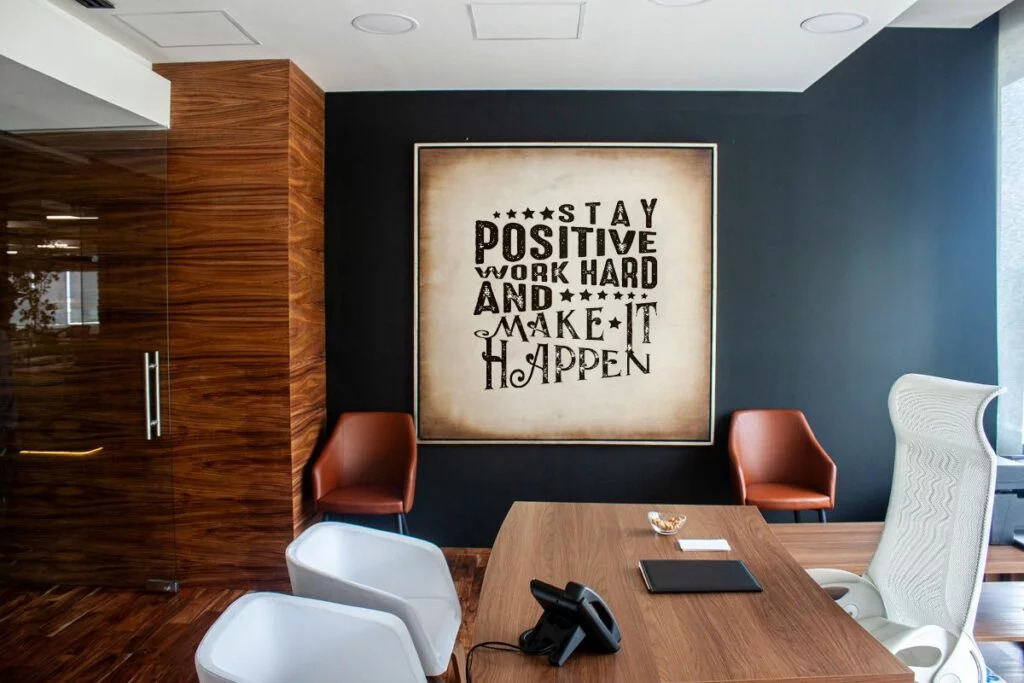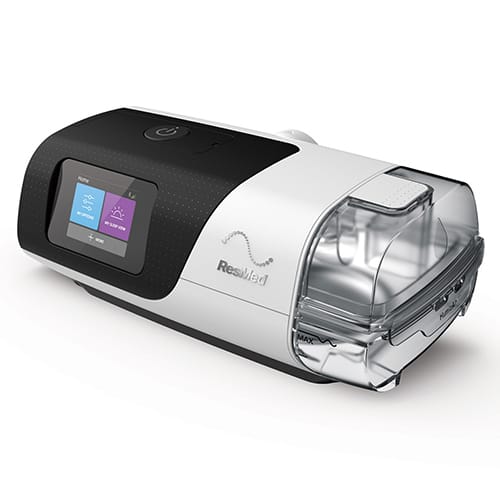Introduction
In Calgary’s competitive business ecosystem, creating a memorable brand experience goes far beyond logos and advertising. Custom interior signs serve as silent ambassadors for businesses—enhancing office aesthetics, improving customer experience, and reinforcing brand identity. For B2B companies in Calgary, investing in high-quality custom interior signs is not just a visual upgrade—it’s a strategic decision that impacts employee morale, client perception, and operational functionality.
This comprehensive guide takes B2B stakeholders—from office managers to branding consultants—through every phase of developing custom interior signage in Calgary. From the initial concept to final installation, we’ll explore how to maximize the value of signage in business interiors, what to expect at each step, and why local expertise matters in Calgary’s unique business landscape.
1. Why Custom Interior Signs Matter for B2B Businesses in Calgary
Custom interior signs are more than decorative elements. In the B2B environment, they influence multiple touchpoints of your customer and employee journey.
a. Reinforcing Brand Identity
When clients walk into your Calgary office, your signage tells them who you are before you say a word. Custom interior signs—like logo walls, mission statements, and directional signage—can align with your brand’s color palette, tone, and personality.
b. Improving Client Experience
Navigational and directory signs reduce confusion for visitors and create a welcoming environment. Clear and stylish signage reflects professionalism, which is vital in B2B interactions.
c. Enhancing Internal Communication
Office signage can guide behavior, promote values, and even boost productivity. Custom motivational signs, safety reminders, or department labels help maintain efficiency and culture alignment.
d. Legal Compliance
Certain interior signs (like ADA-compliant or bilingual signage) may be required by local bylaws or regulations in Calgary. Customized solutions ensure you stay compliant while retaining design flexibility.
2. Identifying Your Signage Needs
Before jumping into design, Calgary businesses must assess their unique needs.
a. Business Type and Industry
The signage needs of a law firm differ from a manufacturing company or a co-working space. Identify whether your focus is brand-centric (logo walls), operational (room labels), or directional (wayfinding signage).
b. Audience Type
Are your clients mostly walk-in visitors, corporate professionals, or partners from other B2B organizations? Knowing your audience helps dictate the tone and sophistication of your custom interior signs.
c. Functional Requirements
Some businesses need digital directories, while others require acoustic panels with signage integration. Define whether your signage must be multifunctional—like blending wayfinding with design—or simply informative.
d. Building Layout
The physical space—size, lighting, and traffic flow—plays a major role. Calgary offices with open floor plans may need suspended signage, while more traditional layouts benefit from wall-mounted solutions.
3. Design Phase: Turning Vision into Visual Identity
Design is where your brand comes alive. This step should be a collaborative process between your team and an experienced custom sign company in Calgary.
a. Brand Integration
Use brand guidelines (colors, fonts, logo usage) to ensure consistency. The design should align with your visual identity while being legible and functional.
b. Material Selection
Common materials include:
-
Acrylic – Sleek and modern, ideal for corporate offices.
-
Metal – Durable and professional, often used for high-impact logo signs.
-
Vinyl – Versatile and cost-effective, suitable for murals and window graphics.
-
Wood – Warm and textured, often chosen for hospitality or real estate offices.
c. Typography and Readability
Prioritize legibility. Use high-contrast color combinations and accessible font styles. Ensure the signs can be read from appropriate distances.
d. Lighting Considerations
Backlit signs or halo-lit logos can create dramatic effects and improve visibility. Consider how natural and artificial lighting in your Calgary office impacts visibility throughout the day.
e. Customization Options
This includes 3D lettering, multi-layer signs, interchangeable panels, and interactive displays. The goal is to design signage that’s not only practical but also visually memorable.
4. Partnering with a Calgary-Based Custom Sign Company
Choosing a local expert in custom interior signs offers several advantages for Calgary businesses:
a. Local Knowledge
Sign companies familiar with Calgary’s architecture, regulations, and climate can recommend the best materials and designs.
b. Compliance Assurance
They can guide you on city bylaws, fire safety codes, and ADA compliance, reducing legal risks.
c. Faster Turnaround and Support
Proximity ensures better communication, quicker delivery, and on-site assistance for surveys, maintenance, or repairs.
d. Portfolio and References
Check their previous B2B projects in Calgary to gauge style and quality. Ask for references or testimonials from similar industries.
5. Fabrication: Bringing the Design to Life
Once the design is finalized, your signage enters the production phase. This involves material procurement, digital printing or engraving, assembly, and quality testing.
a. Material Quality
Reputable Calgary sign companies source high-grade materials to ensure durability and professional finish.
b. Sustainability Options
Many businesses now request eco-friendly signage made with recyclable materials or low-VOC inks. Discuss sustainable options during this stage.
c. Quality Control
Before installation, signs are tested for color accuracy, finish quality, and structural stability. Inconsistent or poorly made signs can undermine your brand credibility.
6. Professional Installation: Final Step, Lasting Impact
Professional installation is critical. Even the best-designed sign loses impact if it’s crooked, poorly lit, or incorrectly placed.
a. Site Survey
A pre-installation visit ensures that spacing, wall texture, lighting, and mounting requirements are thoroughly assessed.
b. Safety Compliance
Installers adhere to safety protocols and use equipment that ensures secure mounting, especially for suspended or heavy signs.
c. Minimal Disruption
Calgary-based installers often work during off-hours to reduce operational disruption. Choose a team experienced in working around active business environments.
d. Post-Installation Walkthrough
Review each sign with the installer. Check placement, alignment, lighting, and finish. A good sign company will fix minor adjustments on-site.
7. Maintaining Your Custom Interior Signs
Once installed, your signage becomes a long-term asset. Maintaining it helps ensure brand consistency and safety.
a. Cleaning and Care
Certain materials, like acrylic or glass, require non-abrasive cleaners. Periodic wiping removes dust and fingerprints.
b. Damage Repair
If signage is cracked, peeling, or fading, prompt repairs prevent negative impressions.
c. Updates and Rebranding
When your business rebrands or moves locations, having modular or changeable signage allows for cost-effective updates.
d. Seasonal Add-ons
Temporary overlays, such as holiday messages or event promotions, can be layered onto existing signage without full replacement.
8. Budgeting and ROI for B2B Interior Signage
a. Cost Factors
Sign costs depend on size, material, complexity, and quantity. A single custom logo wall sign in Calgary may range from $300 to $2000+.
b. Long-Term ROI
Well-designed signs can serve for 5–10 years or more, offering a great return on investment through:
-
Improved brand recall
-
Enhanced client trust
-
Reduced operational confusion
-
Boosted team morale
c. Grants and Tax Benefits
Some Calgary economic development programs offer grants for business improvements. Additionally, certain signage expenses may be tax-deductible—consult your accountant.
9. Trends in Calgary’s B2B Custom Interior Signs
a. Digital Integration
Digital lobby directories or interactive wayfinding kiosks are gaining traction, especially in tech-forward buildings.
b. Biophilic Design
Integrating greenery or natural textures with signage reflects sustainability and boosts well-being.
c. Minimalist Aesthetics
Clean lines, monochrome color schemes, and subtle 3D effects are popular among law firms, consultants, and co-working hubs.
d. Multilingual Signage
Reflecting Calgary’s diverse workforce, bilingual signs (English and French or other languages) are being adopted for inclusivity and accessibility.
10. Case Study: A Calgary B2B Success Story
Company: SummitTech Inc., a mid-sized Calgary software firm
Challenge: Their office lacked cohesive signage, causing confusion for clients and a disjointed brand feel.
Solution:
-
Installed a backlit acrylic logo sign in the reception area
-
Added color-coded directional signs for different departments
-
Designed motivational wall quotes and mission statements for employee engagement
Result: Clients reported easier navigation, employees felt more connected to brand values, and client satisfaction scores improved.
Conclusion
From concept to installation, investing in custom interior signs is a smart and strategic move for B2B businesses in Calgary. These signs are more than just visual elements—they are integral to branding, functionality, and customer experience. By working with a trusted Calgary sign company and following a well-structured process, businesses can ensure that their interior signage leaves a lasting impression on clients and employees alike.
Whether you’re a startup establishing your first office or an established corporation undergoing a rebrand, custom interior signs can elevate your space—and your business identity.







0 Comments